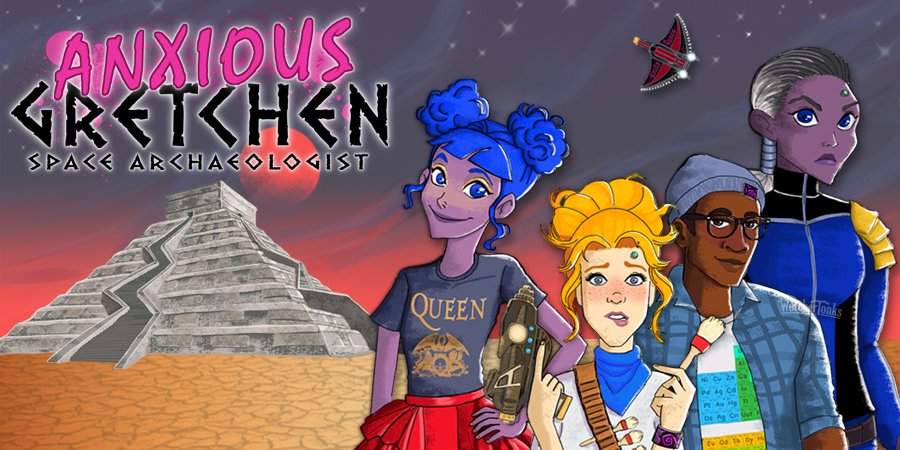
by Alexa Goodrich-Houska (she/they) | Oct 9, 2024 | Blog, Featured
Gretchen started her day as the TA for Introduction to Archeology, supervising her grumpy, hungover undergrads, who she is sure hate her, although maybe that’s her anxiety disorder, on a field visit to the former colony of Avalon in Newfoundland- but ends up...
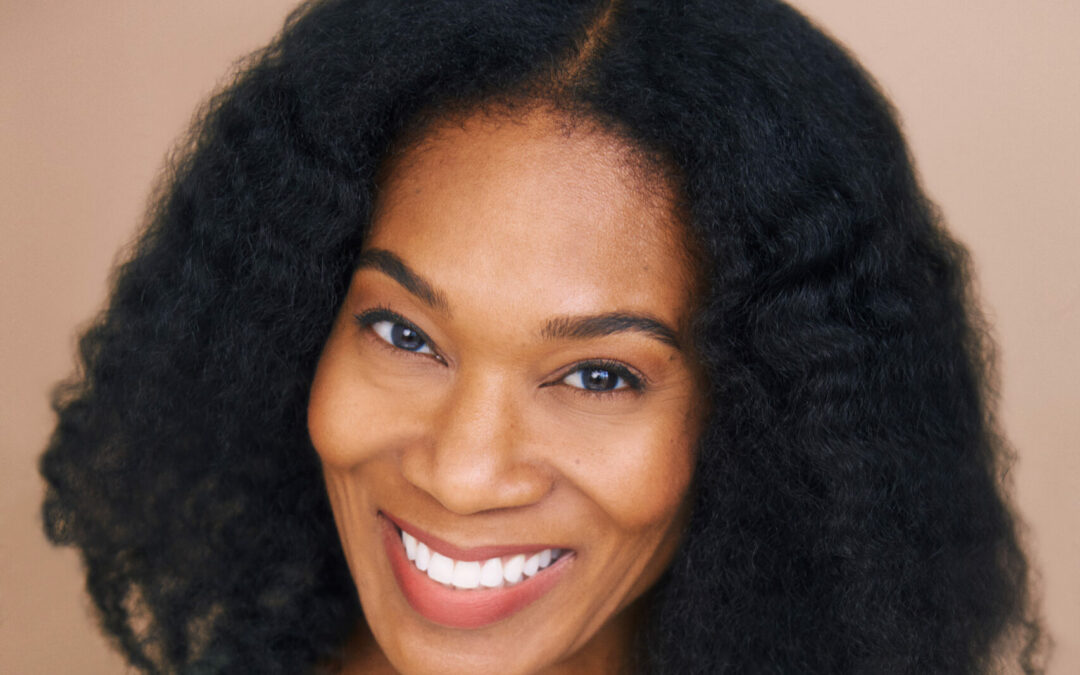
by Michele Kirichanskaya | Oct 4, 2024 | Blog
Chloe O. Davis is an author who works in the entertainment industry in New York. A graduate of Hampton University and Temple University, she has centered her creative platform on amplifying the narratives of Black culture and heightening the awareness of the LGBTQIA+...
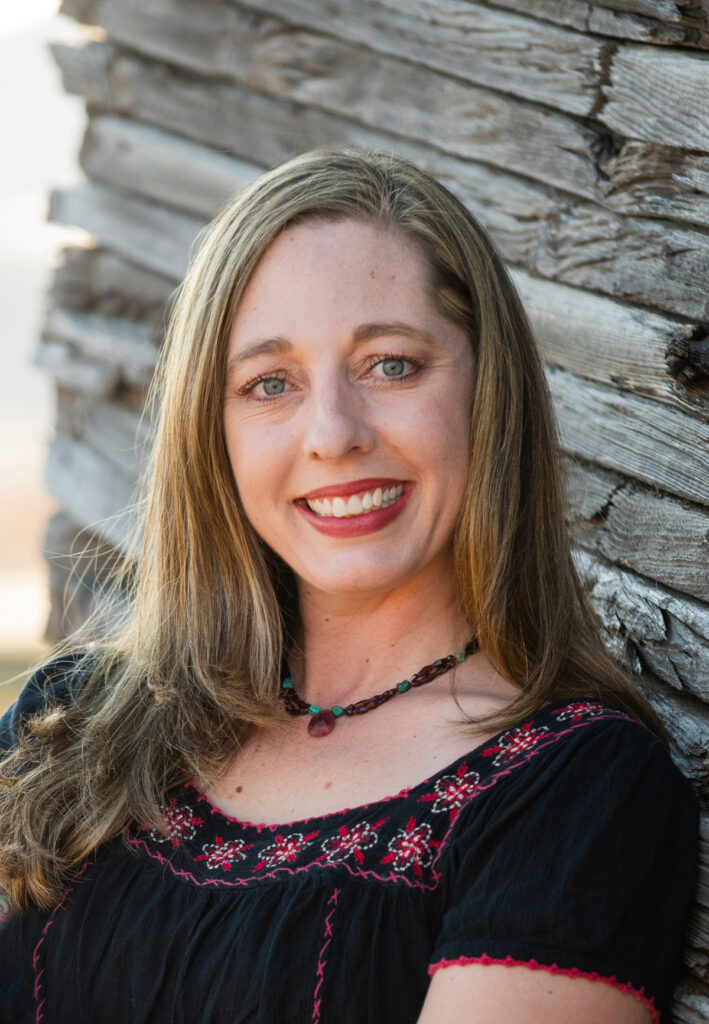
by Michele Kirichanskaya | Sep 7, 2023 | Blog
A.J. IRVING once wished to be friends with her first crush. Her wish came true. She will always remember the little girl who made her feel like she could fly. Now A.J. writes picture books and poetry beneath an old elm tree in Salt Lake City. As a children’s author...
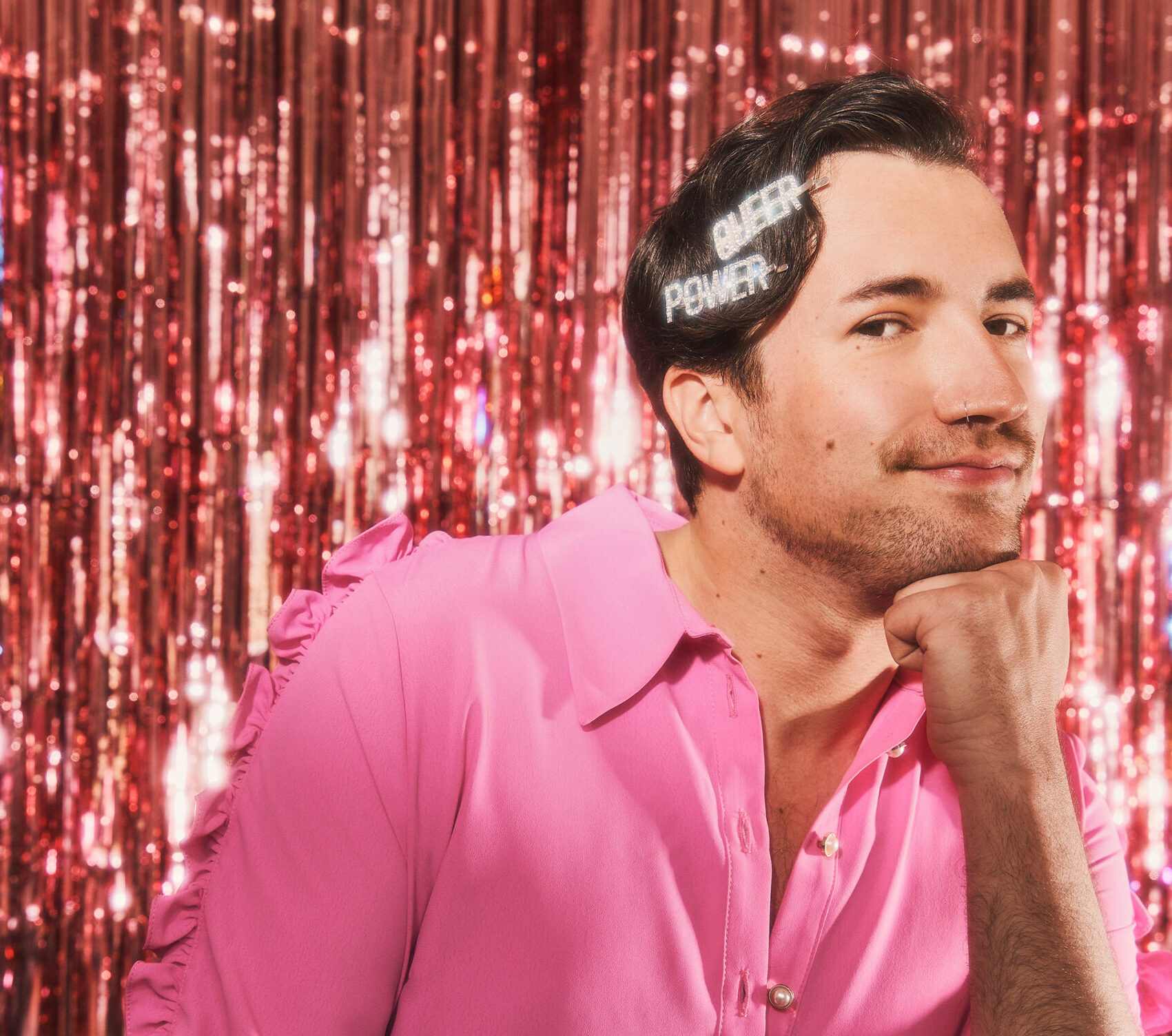
by Michele Kirichanskaya | May 5, 2023 | Blog
Dominic Evans (he/they) is a freelance illustrator and merman based in London, from not-so-sunny Bolton, via Narnia. Growing up with a love of Buffy, short shorts, and Starlight Express, Dom, like many others, struggled to fit in at school, in life, and mainly with...
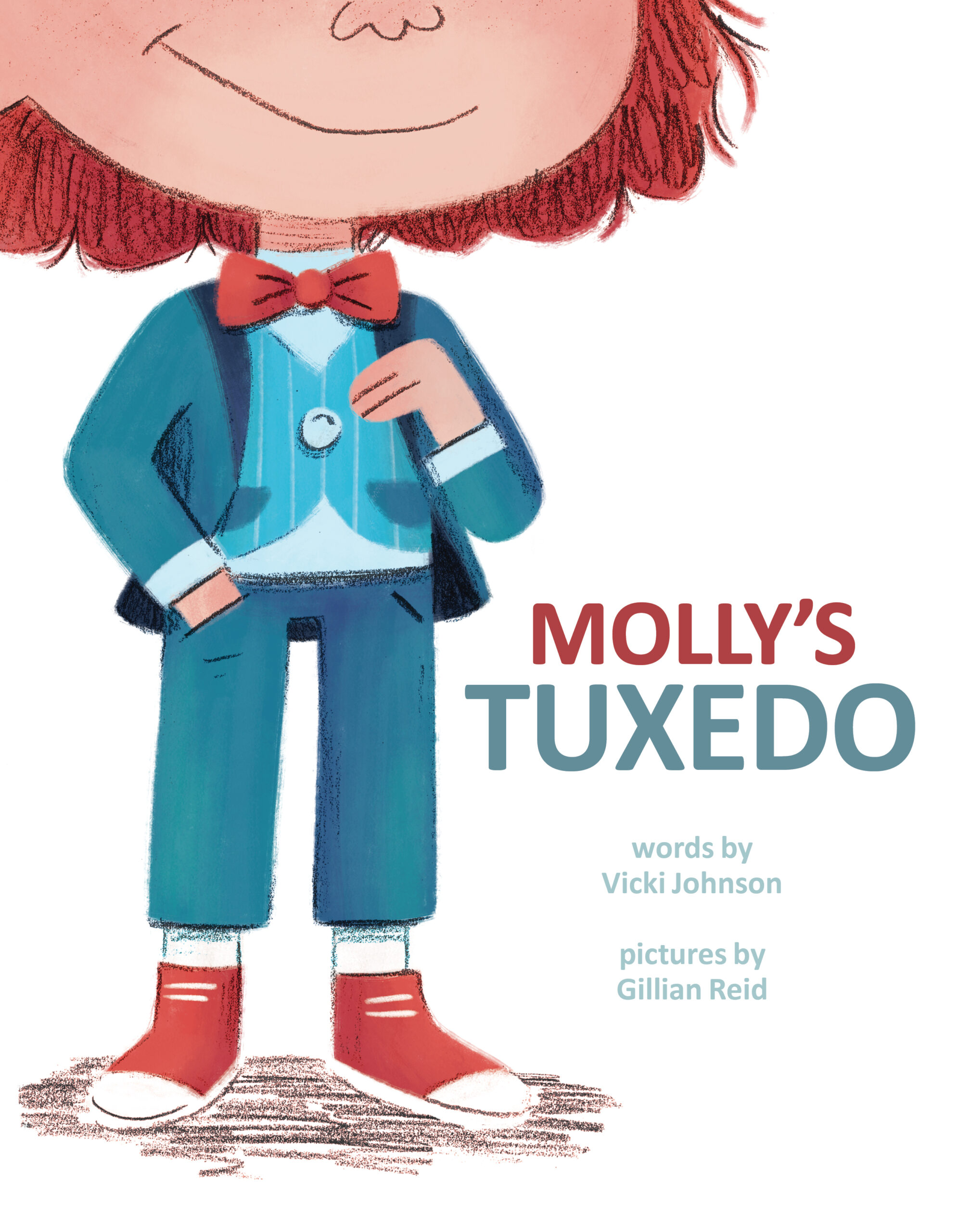
by Michele Kirichanskaya | Apr 1, 2023 | Blog
Vicki Johnson is a children’s book author, a former band nerd, White House staffer, and a nonprofit director. Her debut picture book is Molly’s Tuxedo (Little Bee Books, June 27, 2023), illustrated by Gillian Reid. Born and raised in rural GA, she...






